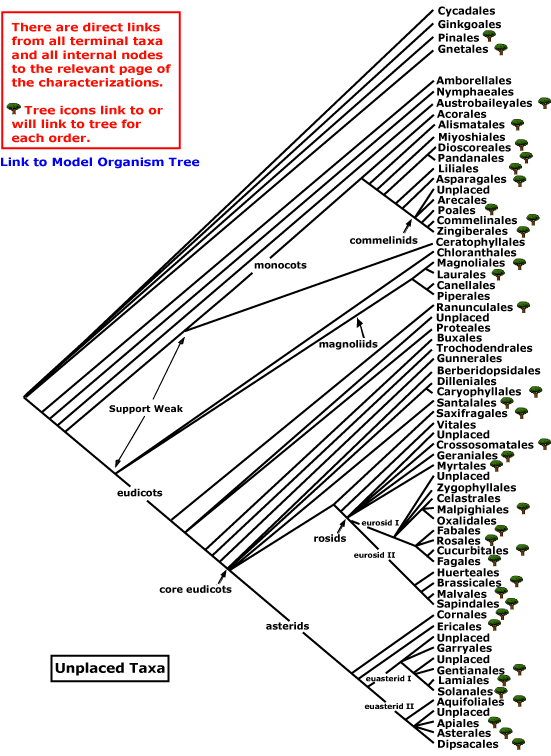|
||||||||||
Taxonomy – Naming and classifying.Taxonomy (from Greek (taxinomia) from the words taxis = order and nomos = law) Why name? If we are to accumulate knowledge, and pass it on to someone else we need to be able to identify what we are talking about. Naming is often based on use, and many plant's common names are tied to their past uses, toothwort, squawroot, heal-all. The doctrine of signatures proclaimed that the shape of the plant was the Lords way to tell man what the plant was designed to cure, the hepaticas were named for their resemblence to the shape of the liver and believed to cure liver ailments. The problem with this approach is that there are often multiple plants that were used for a given ailment. The common name squawroot is applied to many plants that were said to aid in childbirth, some quickened labor, some helped stop postpartum bleeding, and others eased pain. As the naming of plants shifted from the early herbalists to the clergy a more systematic approach was started. If you are trying to catalog all of God’s creations it is important not to give two the same name. As we strived for order the Linnaean system was presented and plant classification became based on physical characteristics. Linnaeus believed that the number of stamens and pistils was the key to naming the flowers. The sexual nature of this system was a problem and Linnaeus refered to the stamens as "husbands" the pistiles as "wives" and the flower as the "marriage bed".54 His system was so sexual that the Bishop of Carlisle wrote in 1808 that "nothing could equal the gross prurience of Linnaeus's mind."54These classifications were based of features that could be seen with a good 10x hand lens and were the method of the past 200 years. Recently classification has enlarged to include a strong dose of molecular methodology. Not only does the naming of individual plants deserve our attention, but also how they are arranged into groups, and groups of groups. The name angiosperm is derived from the Greek angeion, vessel, and sperma seed. Angiosperms have traditionally been divided into two classes, the Dicots (Magnoliopsida) and the Monocots (Liliopsida). As we move from a purely morphological taxonomy to one which includes the biochemical processes, and eventually genetic information classifications will change. The USDA National Plants Database52 represents the traditional classifications, the Angiosperm Phylogeny Group53 uses over 650 characteristics including aluminum accumulation, tolerance to dessication, ethereal oils, flavonids and non-protein amino acids to determine relationships and spearheads the modern approach. With the inclusion of this greater number of chacteristics mathmatical models are being used to determine similarities between groups, this approach is seen in the Cladogram below. As more information is brought into the search for the relationships between plant species, these classifications will change. The dream of classification is that everything in a group has one common ancestor, in the jargon is monoplyletic. One of the dangers of the traditional taxonomic system was that many groups showed shared characteristics, but when the genetic code was examined they showed too many differences to have come from a common ancestor. This is a problem at the higher levels, not so great a problem at the level of genus and species. Another problem it that the different levels of classification were not equivalent across taxa, the differences within a class for example were not the same in Plants and Animals etc. Plant types
|
||||||||||
| The tree below is from the Angiosperm Phylogeny Website. Version 7, please go to the actual website for the most current tree since it is continually updated. | ||||||||||
 |
||||||||||
| Phylogenetic interrelationships of the orders of flowering plants (http://www.mobot.org/MOBOT/RESEARCH/APWEB/) | ||||||||||